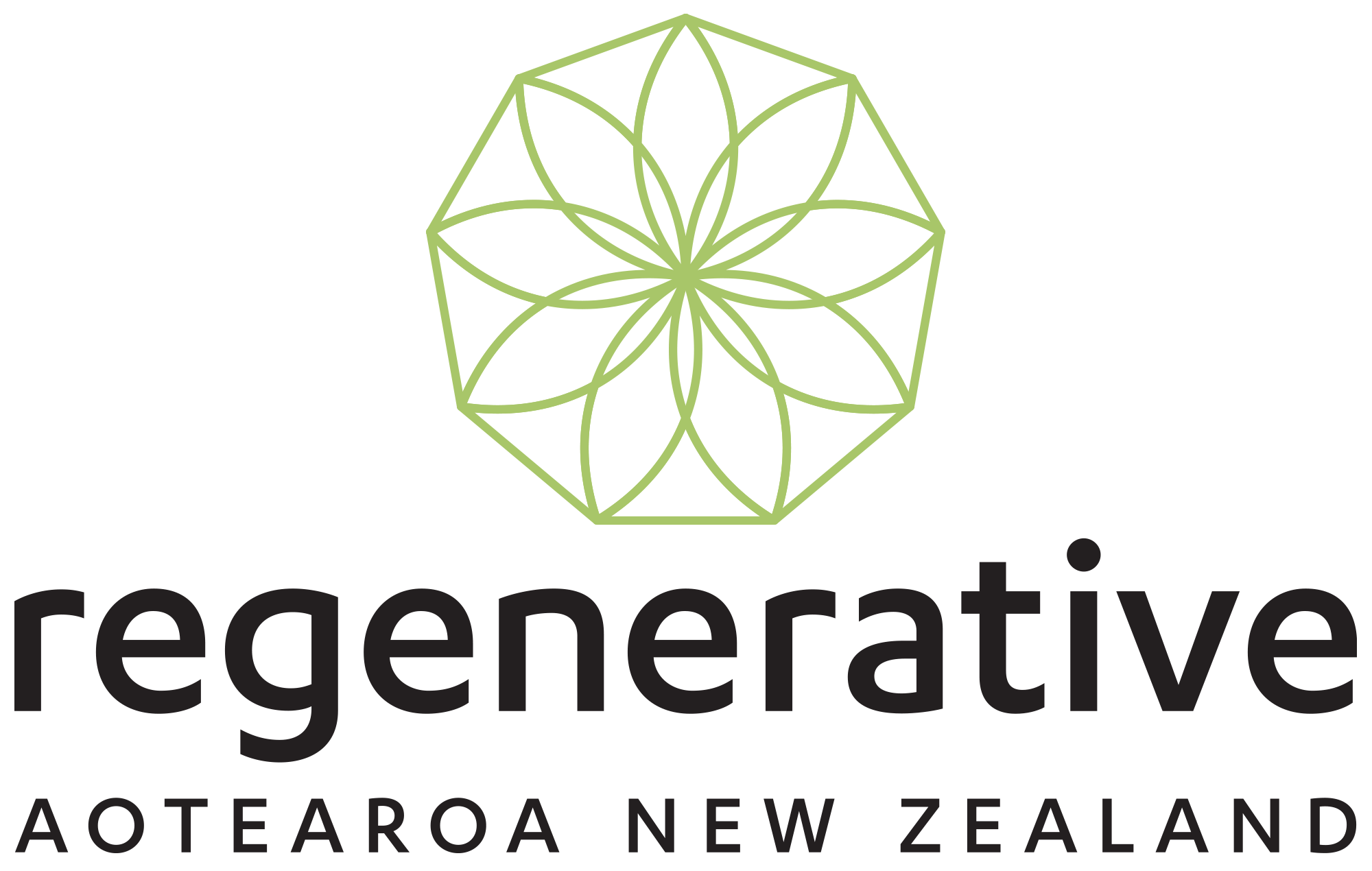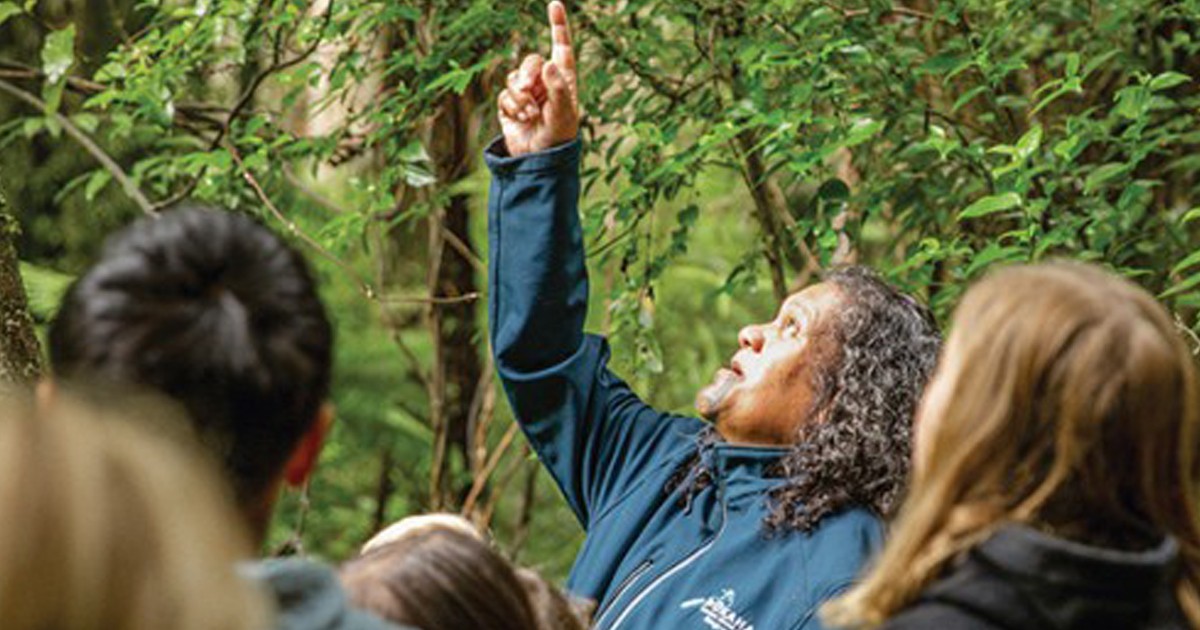Whakarongo School’s recent visit to Pūkaha National Wildlife Centre saw students learn what it means to be a kaitiaki by deepening their understanding of te taiao and mauri. They also got to meet a few native manu on the way.
Te ao Māori is ingrained in the teaching and learning at Whakarongo School in Te Papaioea. The school seamlessly blends te reo Māori into its everyday curriculum, with – among other things – classes doing a morning paepae, including karakia, waiata, notices and the day’s timetable.
For the school, each new year also brings a new focus on tūrangawaewae and connecting to the local whenua. For pouako Brooke Brown, Kelsi Marsh and Gwen Thompson’s Year 3–4 classes, this year this has meant learning about Aotearoa New Zealand’s native manu.
This recently culminated in the classes visiting Pūkaha National Wildlife Centre at Mt Bruce in Wairarapa. There, students made connections between te taiao and mauri, encountering some of the birds they’ve been learning about – they even got to meet kiwi, a first for many tamariki.
Learning to make change
“A lot of our learning has been focused around kaitiakitanga and practices of how we can protect and look after the future of native birds in New Zealand,” says Brooke.
“It’s important that our tamariki understand the impact they can have and that they are a kaitiaki of the environment. In order to preserve its future, tamariki must learn how they can make change.
“We have been exploring the role of each atua, which tied in beautifully with the pou that the Pūkaha National Wildlife Centre has situated throughout the ngahere. It was exciting to see our tamariki make connections with each one as we explored.
“Place-based education is so valuable to our tamariki – it helps them make strong connections to the real world.”
After spending some time in the new wānanga space at Pūkaha, the group set off in three groups to watch ngā tuna being fed, walk through the open flight aviary, and learn how Māori traditionally navigated the ngahere and kept track of where they had been.
Tamariki also visited the kiwi house and spotted numerous native bird species along the way.
“Pūkaha staff were amazing at making connections to te ao Māori throughout the ngahere and through their explanation of manu,” says Brooke.
A sense of belonging and identity
Tracy Kawana is an education ranger at Pūkaha and says the reserve is a restored forest and captive breeding site, home to multiple endangered wildlife.

